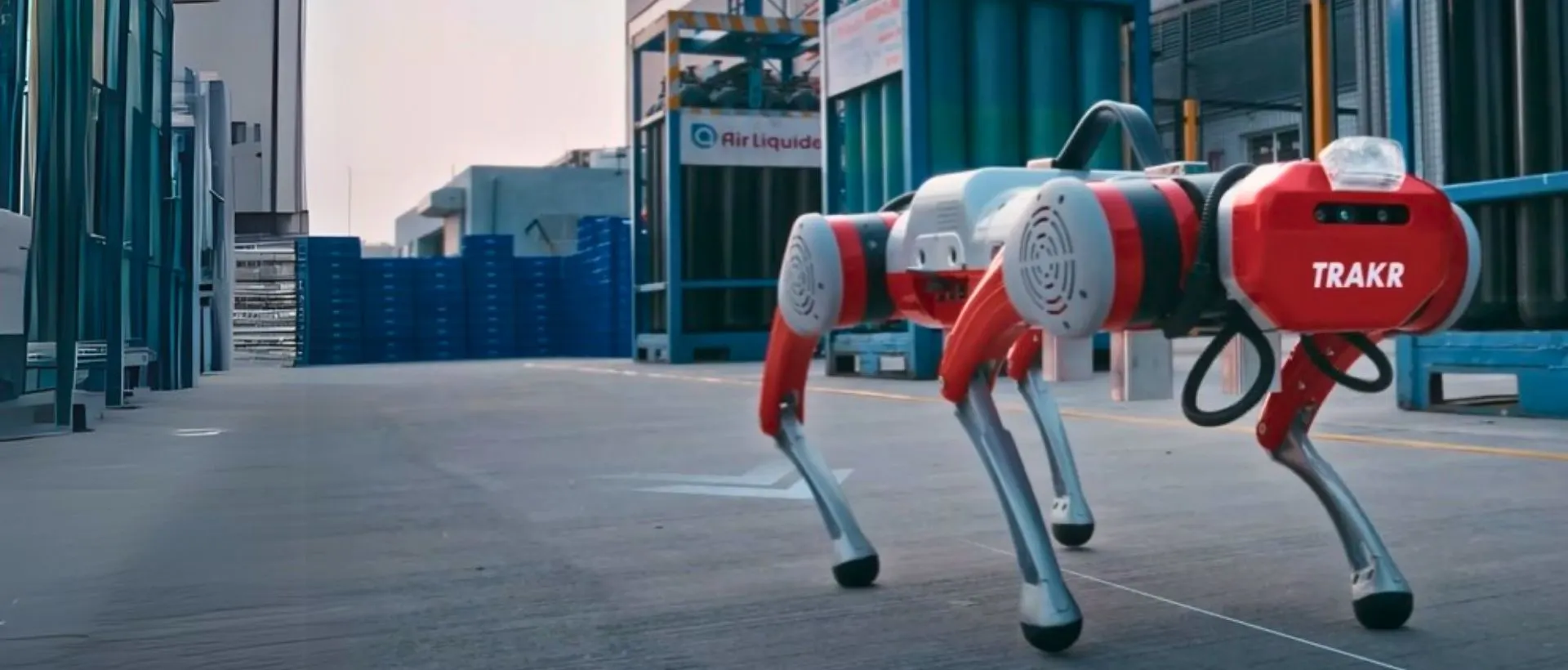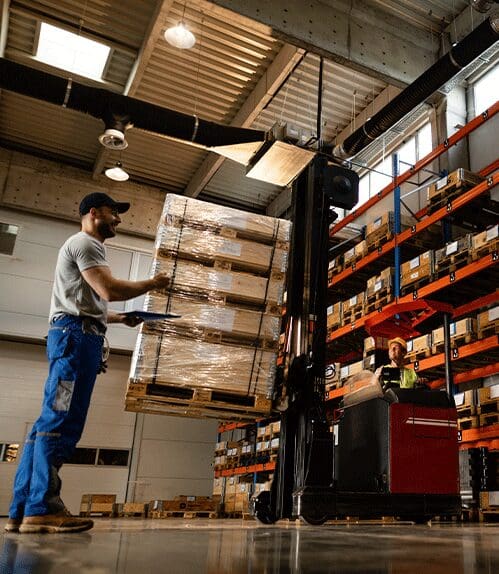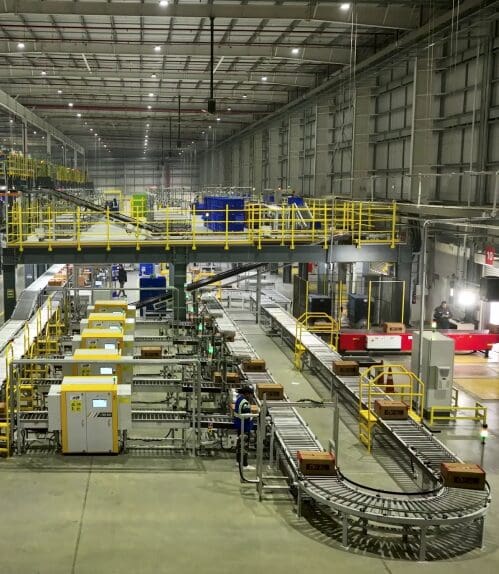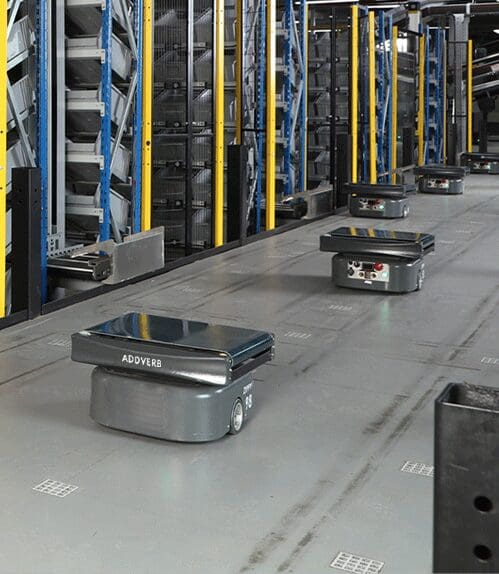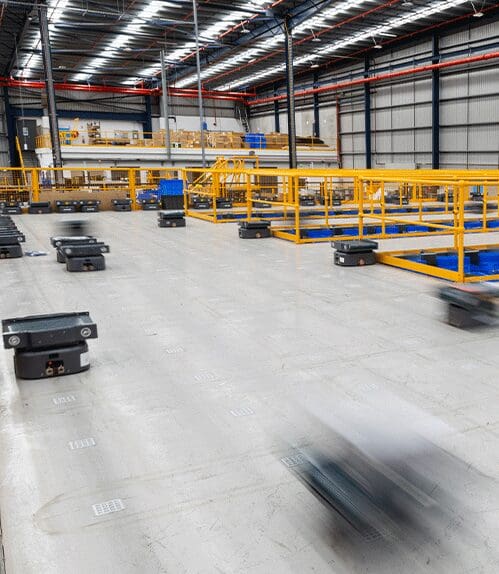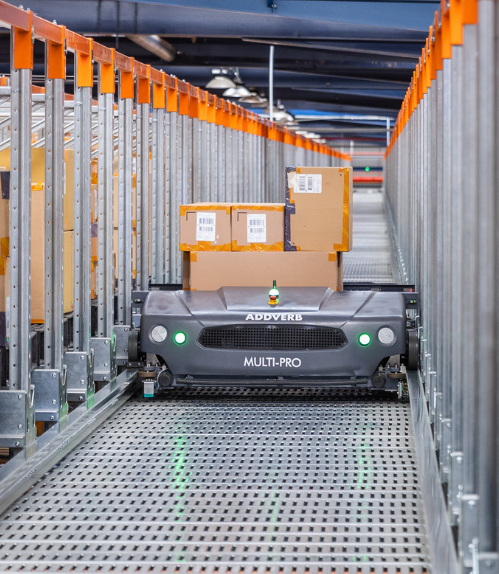Table of Contents
The Robotic Process Automation (RPA) market alone was valued at $22.79 billion in 2024 and is projected to record a CAGR of 43.9% growth from 2024 to 2030, indicating broad acceptance in various industries searching for digital transformation. Reports show that 53% of businesses are using RPA, and 78% of businesses are using it or are planning to use or implement it shortly, thus positioning automation with a definite strategic edge.
The industrial robotics technology market is projected to grow from $55.1 billion in 2025 to $291.1 billion by 2035, at a CAGR of 18.1%, with manufacturers looking for higher quality at faster production.
Top 10 Trends in Robotics Technology Shaping the Future
Collaborative Robots (Cobots)
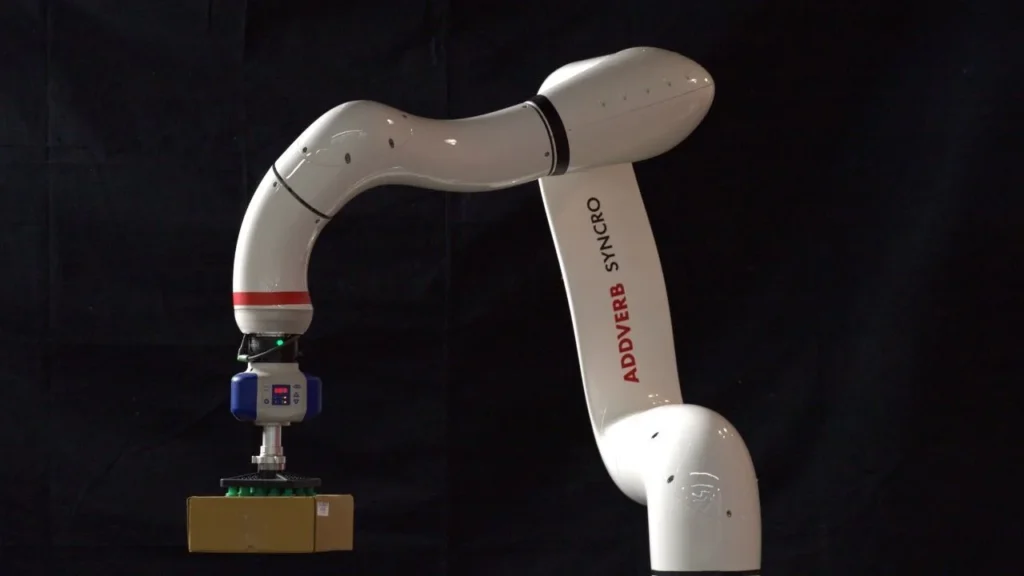
The collaborative robot market is experiencing phenomenal growth worldwide – the market was about USD 3.17 billion in 2023 and is projected to reach over USD 71 billion by 2034, with a CAGR of nearly 32.7%.
With the manufacturing, healthcare, automotive, and logistics industries all transitioning and adopting collaborative robots to allow task automation alongside people without safety fences, collaborative robots provide companies a cost-effective and versatile means to automate tasks.
Artificial Intelligence Integration
AI integration is enabling robots to perform difficult and autonomous tasks, as well as adapt to complex, dynamic environments, all of which will support smarter automation.
Integration of AI into robotics is part of the evolution in industrial robot deployments – AI robots are set to provide much more operational efficiency and predictive maintenance assets and be part of the total growth of the robotics aggregate industry, projected to be over 30% CAGR, showing expansion through many segments.
Advanced Sensors
Robots are equipped with 3D vision, tactile feedback, and other environmental sensors that provide the robot with the situational awareness required to complete a task with precision, at the correct speed, and in a safe manner.
These advanced sensors are equally required to provide human-robot collaboration and autonomous navigation.
Iot and Connected Robots
The Industrial Internet of Things (IIoT) establishes connectivity for robots through networks for real-time data exchange, as well as providing predictive maintenance and operational optimisation.
The blend of IoT with robotics is contributing to the growth of the market by creating smarter factories and supply chains, aligned with the overall rapid expansion of the robotics market projected as a result of Industry 4.0 initiatives.
Mobile Robots
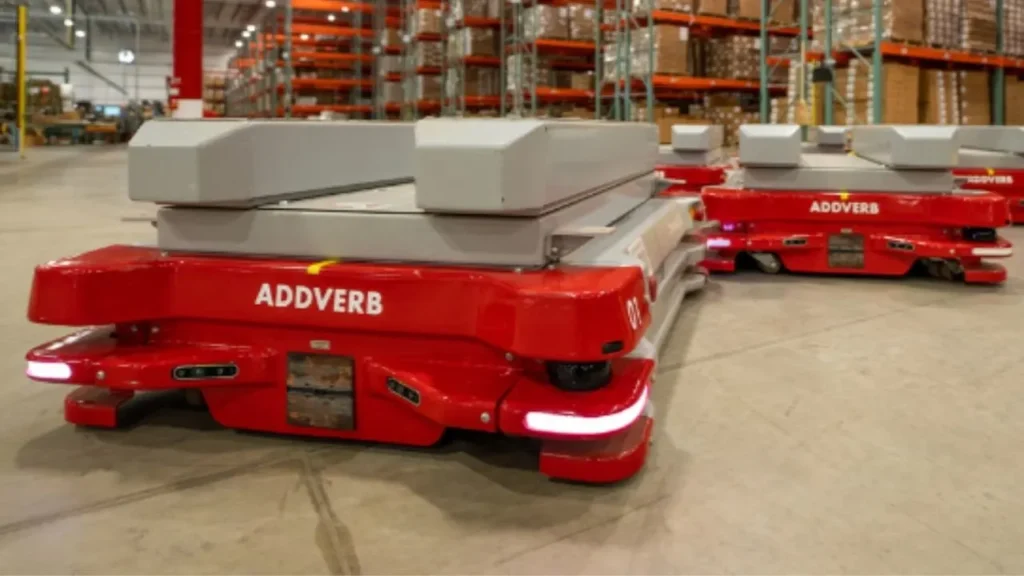
Autonomous mobile robots (AMRs) are changing logistics and warehousing industries, with demand surging with the rise of e-commerce.
The mobile robotics category is expected to achieve strong growth and make a sizable contribution to the overall robotics market that is forecasted to grow at a CAGR rate exceeding 30% through the 2020s.
Digital Twins and Simulation
Digital twins enable the virtual modeling and simulation of robots and processes, which helps minimize risks during deployment while enhancing system performance. This technology is being embraced by manufacturing industries at a rapid pace, underpinning the quick expansion of the application of robotics, and is adding to the predicted multi-billion dollar market valuations.
Robot-as-a-Service (RaaS)
RaaS opens up flexible access to robotic automation through subscription agreements that allow users to share the capability of the technology while providing low barriers for access – especially for SMEs
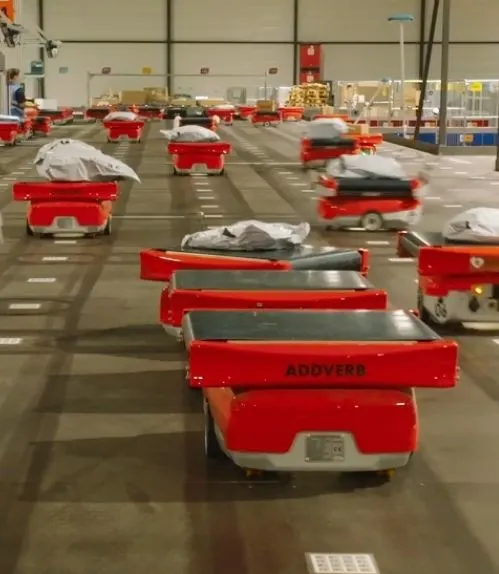
Mondial Relay Boosts Parcel Sorting Efficiency with Addverb’s Robotic Sortation System.
Mondial Relay is a logistics and parcel delivery company operating throughout Europe. The demand for Mondial Relay’s parcel sorting was growing, however they have limited space and manpower at the Mondial Relay facility in France. To help Mondial Relay scale their business without increasing the number of humans or physical footprint, they teamed up with Addverb to implement a robotic sortation system on a Robotics as a Service (RaaS) basis.
Objective: The objectives were to optimize the sorting of parcels in the very limited footprints left to work with, improve throughput, and provide a better working environment for employees who handle heavy parcels.
Solutions: Using a Robotics as a Service (RaaS) approach, we rolled out 62 Zippy robotic sorters, and later added ten more robots. The AI powered technology increased not only sorting speed and accuracy but alleviated employee workload.
Results: Throughput improved from 2,500 to over 3,000 parcels per hour. Sorting accuracy increased to 99.99% There was an improved safety level in the workplace because of reduced manual labour. This flexible approach to RaaS enabled Mondial Relay to scale efficiently without the large upfront cost.
The subscription model is increasingly seen as an enabler that will facilitate the anticipated rapid growth in the collaborative robots market, and it does so by hitting the affordability and scalability requirements of advanced types of robotics.
Edge Computing for Robotics
Edge computing allows robots to reduce latency by processing data closer to the robot instead of in the cloud. Edge computing allows for fast decision making in real-time improving autonomy.
Edge computing fits in nicely with the rapid development and adoption of robotics that are autonomous and connected and technical areas such as the development of 5G.
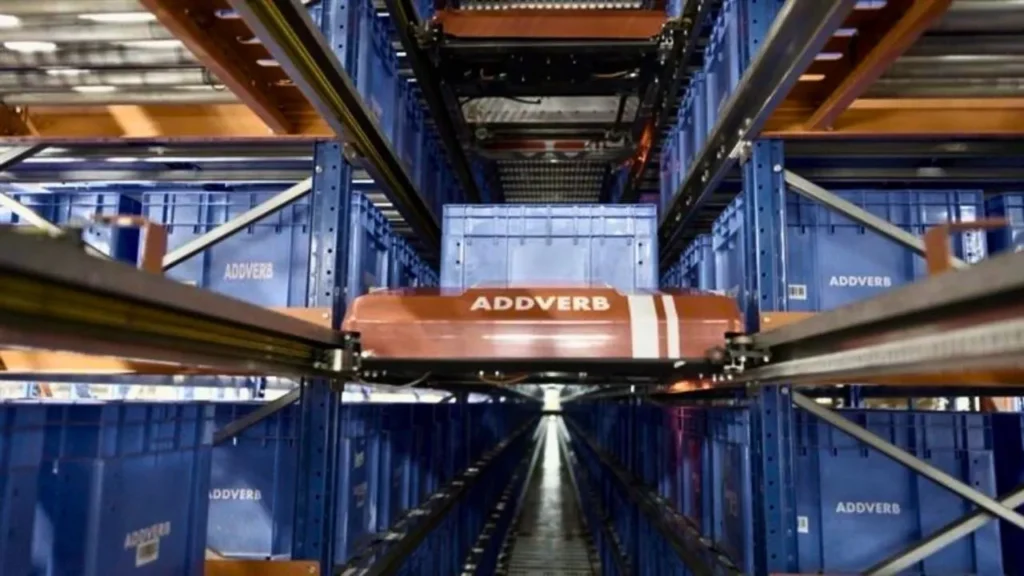
End-of-Arm Tooling Innovations
EOAT refers to the devices or tools that are attached to the end of a robotic arm, enabling the robot to interact with its environment and perform specific tasks.
Innovations in end-of-arm tooling provides robots with the flexibility to handle a range of different applications and materials which increases uptake of automation in industries like automotive and electronics.
Innovation in end-of-arm tooling has led to more scalable and agile advanced robotics and this largely drives the shift toward flexible automation, despite documented challenges for the industry to adopt.
Sustainability in Robotics
The focus of sustainability is two-fold- energy-efficient design and waste reduction. These trends respond to an increasing set of environmental regulations and corporate focus on responsibilities relating to sustainability, while also producing long-term savings.
The motivation for adopting robotics technologies globally is changing, with a major shift toward sustainability.
Case Study
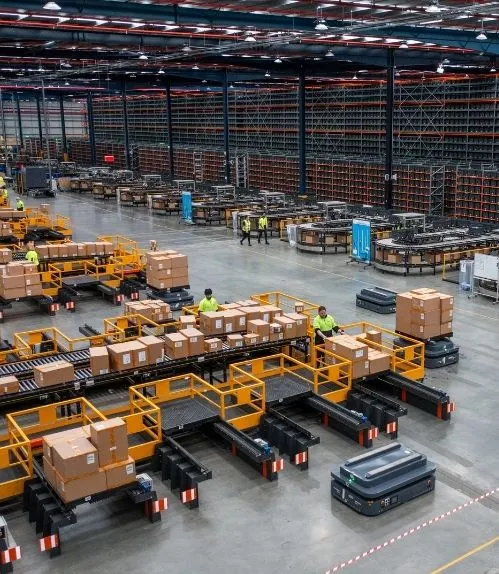
Maersk Implements Fixed & Flexible Warehousing Automation.
Maersk had to manage a complicated warehouse operation with a wide variety of SKUs-60% footwear, 30% apparel, and 10% accessories-that required accuracy and efficiency to fulfil B2B and B2C omnichannel needs. Receiving, storage, picking, consolidation, sortation, and reverse logistics had to be completed seamlessly, with real-time visibility.
Objective: To implement an end-to-end, flexible warehouse automation solution to support seasonal demand fluctuations, improve space utilisation, and enhance operational efficiency, accuracy, speed, and inventory control of multi-channel sales.
Strategy & Solutions: We designed a hybrid automation solution integrating fixed and flexible warehousing: Autonomous Mobile Robots (AMRS) to move material quickly Automated Storage and Retrieval Systems (ASRS), including Pallet and Carton Shuttles, to maximise use of space Multi-carton picking robots and robotic sorters to rotate orders out quickly Mixed-case palletizers, Pick-to-Light systems, and conveyor lines optimised with product flow approaches This greenfield solution was implemented in a brownfield environment that needed to scale up quickly, as well as have the capability to perform omnichannel fulfillment (including reverse logistics).
Results: The facility, which is now 330K sq. ft. overall, accommodates 16,500 pallet positions and can dispatch 100,000 pieces per day. There is a high degree of picking accuracy with outbound accuracy, along with the ease of processing B2B orders and B2C orders together. Inventory visibility and real-time synchronisation across all processes were improved. Operational speeds, space efficiency, and labour productivity markedly improved.
Final Thoughts: Addverb Driving Innovation in Robotics
Addverb is leading the revolution to make intelligent, flexible, and scalable robotic solutions that enable businesses to rethink their traditional processes around automation.
Regardless of whether you are looking to improve productivity, increase accuracy, or build future proof operations and scaling your workforce, Addverb offers the technology and capability to make it happen.
Ready to transform your operations with intelligent robotics technology? Partner with Addverb and unlock scalable, efficient, and future-ready automation solutions.

